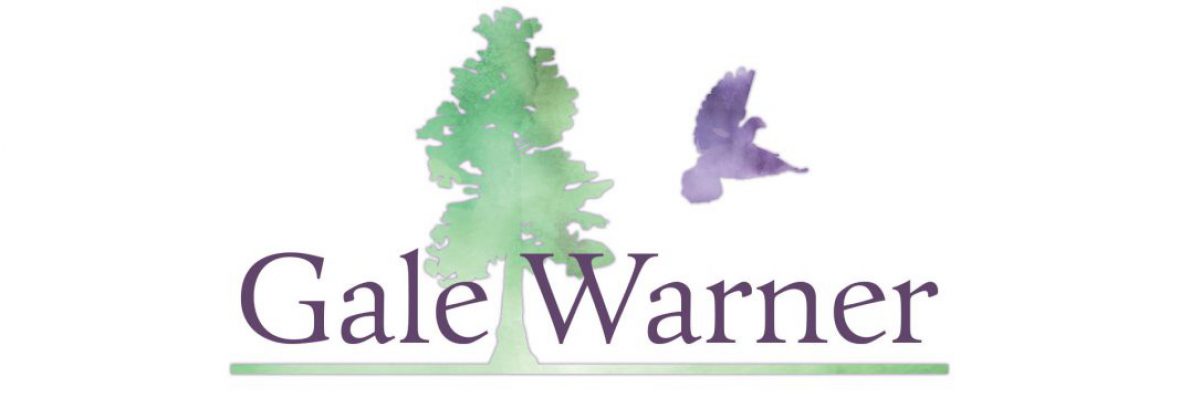“Citizen Diplomats: Pathfinders in Soviet-American Relations—and How You Can Join Them”
The American Medical Association News, April 3, 1989
In the Boston area…about 1 million people will be killed on the first day and about 1,250,000 will be injured. Of the injured, approximately 1 million die…some 4,800 physicians would be killed or fatally injured, 1,000 would be injured, and only about 650 would remain uninjured…The data…yield a ratio of approximately 1,700 acutely injured persons to each functioning physician. It follows that most of the fatally injured persons will never see a physician, even for the simple administration of narcotics, before they die.”
This sobering description of the effect on the Boston area of the explosion of three atom bombs, two megatons and one of eight, appeared in a 1962 article in the New England Journal of Medicine. The first public statement of what is now known as the physicians’ peace movement, the article presented the argument that “physicians, charged with the responsibility for the lives of the patients and the health of their communities, must also explore a new area of preventive medicine, the prevention of nuclear war.”
One of the authors of that article was cardiologist Bernard Lown, M.D., then an assistant professor (now full professor) at the Harvard U. School of Public Health. Today, the movement he helped to found is international in scope, and its flagship organization—the International Physicians for the Prevention of Nuclear War (IPPNW)—is the winner of a Nobel Peace Prize.
A new book called Citizen Diplomats: Pathfinders in Soviet-American Relations, by Gale Warner and Michael Shuman, profiles the “opinionated, visionary, indefatigable, combative, uncompromising” Dr. Lown along with eight other Americans who have made person-to-person contacts with Soviet citizens to improve relations between the two countries and work for world peace.
Editor’s note<span: Dr. Lown became interested in anti-nuclear activism in 1960, after having heard a speech by Sir Philip John Noel-Baker, the British statesman who won the 1959 Nobel Peace prize for his disarmament proposals. Noel-Baker’s speech inspired Dr. Lown and two other physicians to create Physicians for Social Responsibility (PSR). This organization enjoyed some successes, including publication of the article in the New England Journal, but became dormant after the U.S. Senate ratified the United Test Ban Treaty in 1963.
During this lull, while on a visit to the Soviet Union in 1969, Dr. Lown met Dr. Evgueni Chasov – “a young, bright, rapidly upcoming cardiologist” with dark red hair, a chunky build, and a passion for hard-work and hunting wild boar.” Four years later, Drs. Lown and Chazov became the organizers of a Soviet-American cooperative study on cardiac sudden death. Still extremely hard working, by this time Dr. Chazov was the physician for all the members of the Soviet Politburo. “Yet though he was serious-minded,” Dr. Lown says, “he liked to have fun. He loved to sing and drink and be joyful and show friendship.”
In 1978, Dr. Lown once again became concerned about the continuing build-up of nuclear arms. “The question was: What could doctors do?” he says. “And the answer it seemed to me was that we and the Soviets must build an organization that will bring a dialogue to our colleagues in the first place and to our patients in the second place….We must develop a people’s diplomacy and people’s dialogue.”


